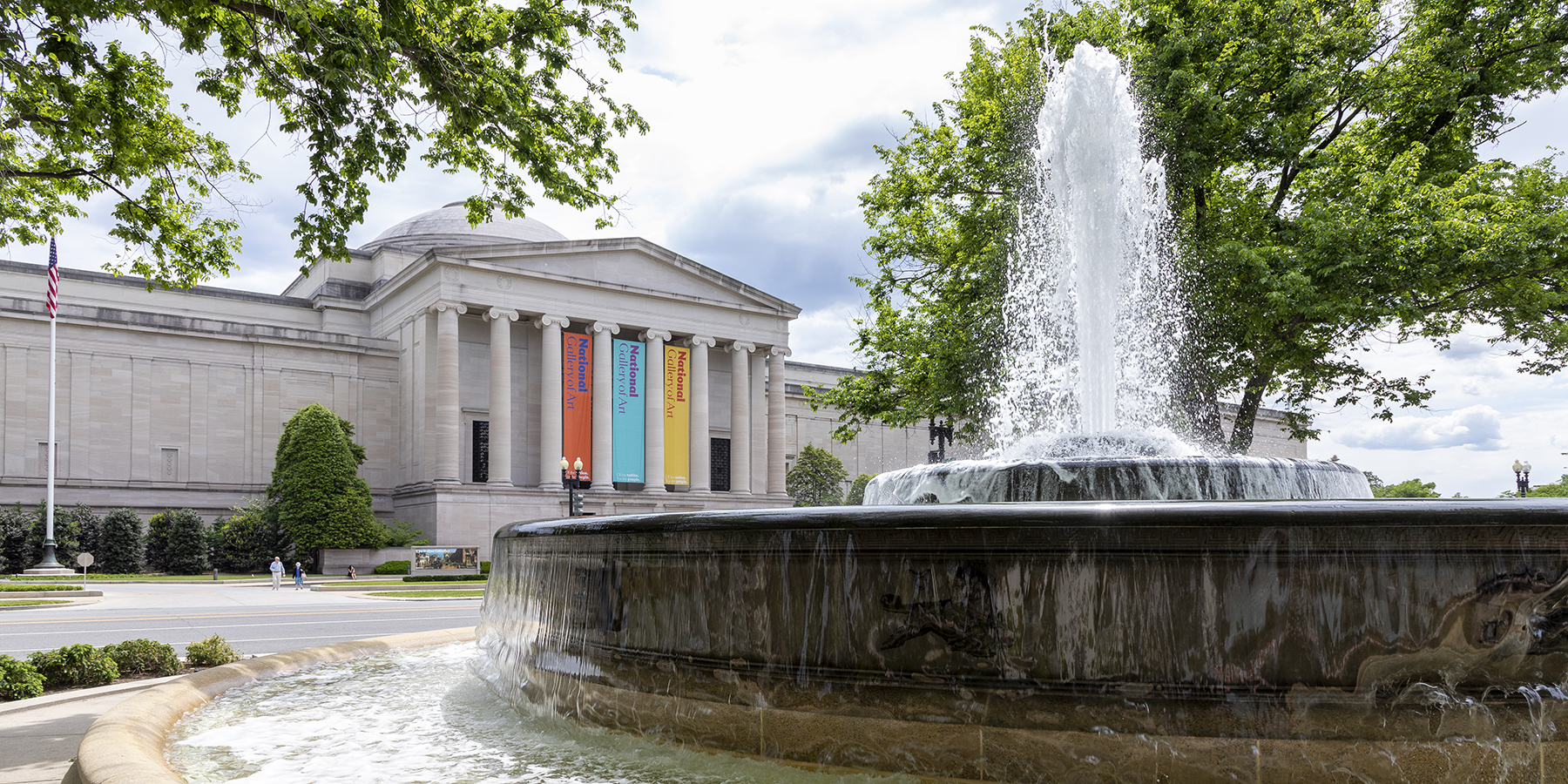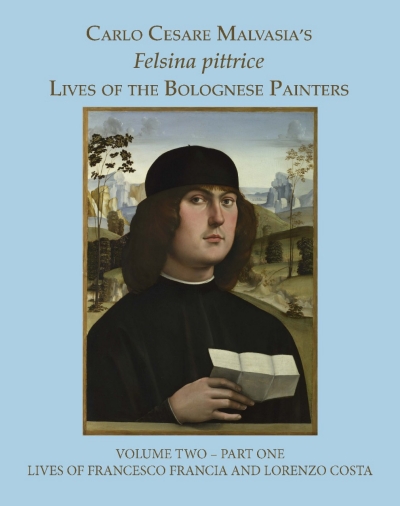Directed by Dean Emerita Elizabeth Cropper in coordination with Professor Lorenzo Pericolo (University of Warwick), this project provides a critical edition and annotated translation of Carlo Cesare Malvasia’s Felsina pittrice (Bologna, 1678), one of the most important early modern texts on Italian art. The Felsina pittrice, or Lives of the Bolognese Painters, is a history of painting in Bologna that both emulates and challenges Giorgio Vasari’s Le vite de’ più eccellenti pittori, scultori, e architettori (1550/1568), which was republished in Bologna in 1647. The Felsina pittrice has never been translated into English in full, and no critical edition has appeared since 1841–1844. This new edition and translation, undertaken by a team of international scholars, will appear in a series of monographic volumes, each of which will include transcriptions by Lorenzo Pericolo of the relevant manuscript notes made by Malvasia in preparation for his book and now in the Biblioteca comunale dell’Archiginnasio, Bologna. Professor Pericolo will also provide a critical edition of the Italian text. The series is published for the Center for Advanced Study in the Visual Arts and the National Gallery of Art by Harvey Miller Publishers/Brepols Publishers.
Volumes 1 (dedicated to the “primi lumi” of Bolognese painting), 13 (Lives of Domenichino and Francesco Gessi), and 2, part 2 (dedicated to Marcantonio Raimondi and the Bolognese printmakers) appeared in 2012, 2013, and 2017, respectively. Volume 9, Life of Guido Reni, was published in spring 2019 in two volumes containing the translation, historical notes, and Malvasia’s own preparatory notes, as well as many newly commissioned illustrations and a monographic essay on the artist by Lorenzo Pericolo. This year saw the completion of volume 2, part 1, devoted to Francesco Francia and Lorenzo Costa. The richly illustrated, edited text goes to press in June 2021.
The life of Francesco Francia in the Felsina pittrice is especially important because it so clearly manifests both Malvasia’s respect for Vasari’s contribution to history and his fundamental disagreement with the Tuscan writer. It is also an important source of archival and other information. Malvasia begins by incorporating Vasari’s life of the artist in its entirety, but then devotes the remainder of his text to dismantling Vasari’s many errors and falsehoods (the most salient being Vasari’s story that Francia dropped dead at the sight of Raphael’s Ecstasy of Saint Cecilia when it arrived in Bologna). Malvasia was anxious to prove that Francia, like Raphael, represented the beginning of the modern manner (not the end of an era), and that he was also the leader of a school (something Vasari completely ignored). The volume features a monographic essay by Alessandra Galizzi Kroegel (Università di Trento) and historical notes by Tiffany A. Racco, Elizabeth Cropper, and Lorenzo Pericolo, with further assistance throughout from Elise Ferone.
In April 2021 Elizabeth Cropper participated in a virtual panel organized by the Renaissance Society of America and chaired by Elena Fumagalli and Massimiliano Rossi. It was dedicated to the projected publication with historical notes of Filippo Baldinucci’s Notizie de’ professori del disegno da Cimabue in qua (Florence, 1681–1728). Baldinucci was Malvasia’s Florentine contemporary and there are many points of contact between the two. This new international project is evidence of the growing awareness of the importance of the critical study of such texts for the history of art.
Critical Edition and Project Coordinator: Lorenzo Pericolo, University of Warwick
Research Associate: Tiffany A. Racco
Center Support Specialist: Elise Ferone

